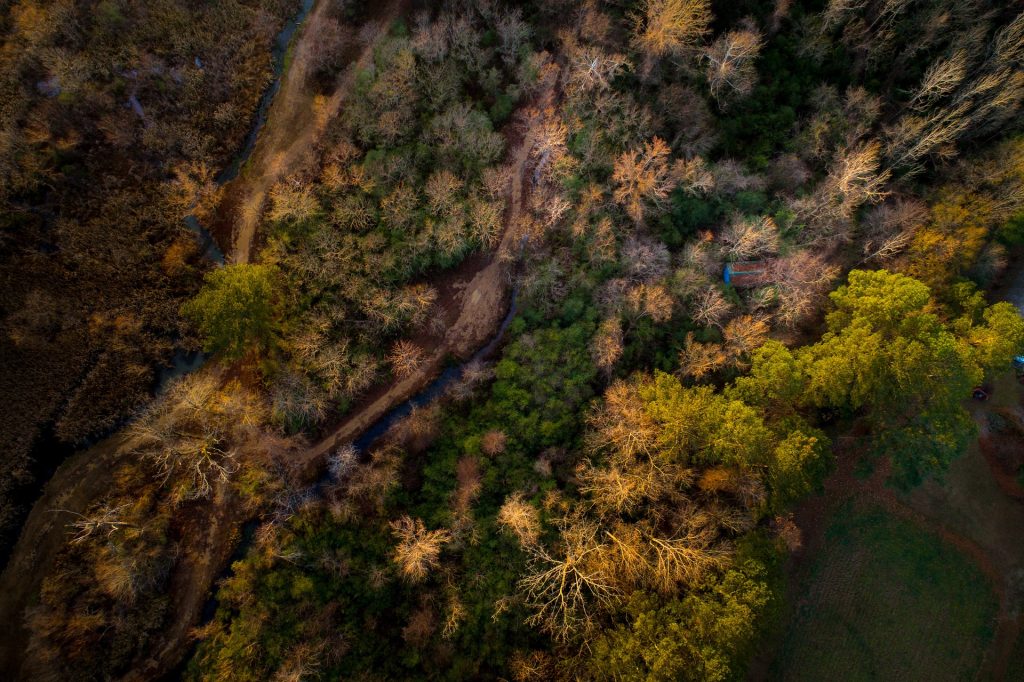Chapter 1: Planning with Purpose

Learning Intentions
By the end of this chapter, you may be able to …
- Reflect on your personal experiences and perceptions of climate change, Indigenous ways of knowing, and regenerative landscaping, and explain how they influence your curriculum choices and the skills or practices used in the horticulture industry.
- Describe the characteristics of climate change, Indigenous ways of learning, and regenerative landscaping, and explain your view on how they are interconnected.
- Communicate your perspectives on climate change, Indigenous ways of learning, and regenerative landscaping.
Introduction
Welcome to Chapter 1: Planning with Purpose. As you know, the horticulture industry is significantly impacted by the consequences of climate change, including changes in temperature, precipitation, and extreme weather events. This, in turn, can influence the design, construction, and maintenance of exterior landscapes. Let’s take a look at some examples of how landscape horticulture is forced to adapt due to climate change.
- Changes in Temperature: Rising temperatures can affect the design of outdoor spaces, as they may become too hot and uncomfortable for people to use. Temperature changes can also impact the types of plants and materials used in landscaping, as well as the design of shading structures such as pergolas or shade sails. In addition, heat stress can cause damage to outdoor furniture, hardscaping materials, and other outdoor features. Landscape horticulture professionals can adapt to these changes by selecting and procuring local materials and plants that are more heat-tolerant or by incorporating water features or misting systems to provide relief from the heat.
- Changes in Precipitation: Changes in precipitation patterns can impact the design and maintenance of outdoor spaces. Drought conditions can lead to reduced water availability for plants and can impact the stability of hardscaping materials such as retaining walls and paved surfaces. Heavy rainfall events, such as atmospheric rivers, can cause erosion and flooding, which can damage landscaping and infrastructure. Landscape horticulturists can adapt to these changes by incorporating permeable materials to allow for better water infiltration, designing rain gardens or bioswales to capture and absorb excess water, and selecting more drought-tolerant plant species.
- Extreme Weather Events: Extreme weather events such as hurricanes, snowstorms, tornadoes, and hailstorms outside of regular storm seasons can cause significant damage to outdoor spaces and infrastructure. Landscape horticulturists can take steps to mitigate the impact of these events by incorporating wind-resistant plant species, selecting materials that can withstand extreme weather conditions, and designing landscape features such as berms, retaining walls, or building soil to protect from flooding and erosion.
- Energy Efficiency: Climate change is driving increased demand for energy-efficient outdoor lighting and heating systems and equipment. Landscape horticulturists can help clients reduce their carbon footprint by incorporating LED lighting, solar-powered lighting, and energy-efficient heating systems into their outdoor spaces. They can also use battery-powered equipment to complete regular maintenance and construction tasks.
The horticulture industry is closely tied to the natural environment; in fact, we work in the natural environment every day and observe and feel the impacts of climate change every day. To be honest, our love for the natural environment is probably one of the reasons that we built our careers in horticulture.
However, the truth remains that climate change has a significant impact on the design, construction, and maintenance practices that landscape horticulturalists choose. In turn, the landscape construction and maintenance practices chosen by landscape horticulturalists can contribute to further climate change consequences through the selection of supplies, equipment, and practices or work towards mitigation of the impacts of climate change.
In support of contributing to greening and sustainable environmental, economic, and social ecosystems, this chapter introduces key topics such as climate change, Indigenous ways of knowing, and the first stages of planning a regenerative landscape.
As you progress through this module, you will have access to information in various formats, such as writing, videos, infographics, and activities. We recommend that you choose the materials that best support your learning of the key topics presented in this chapter.


Feedback/Errata